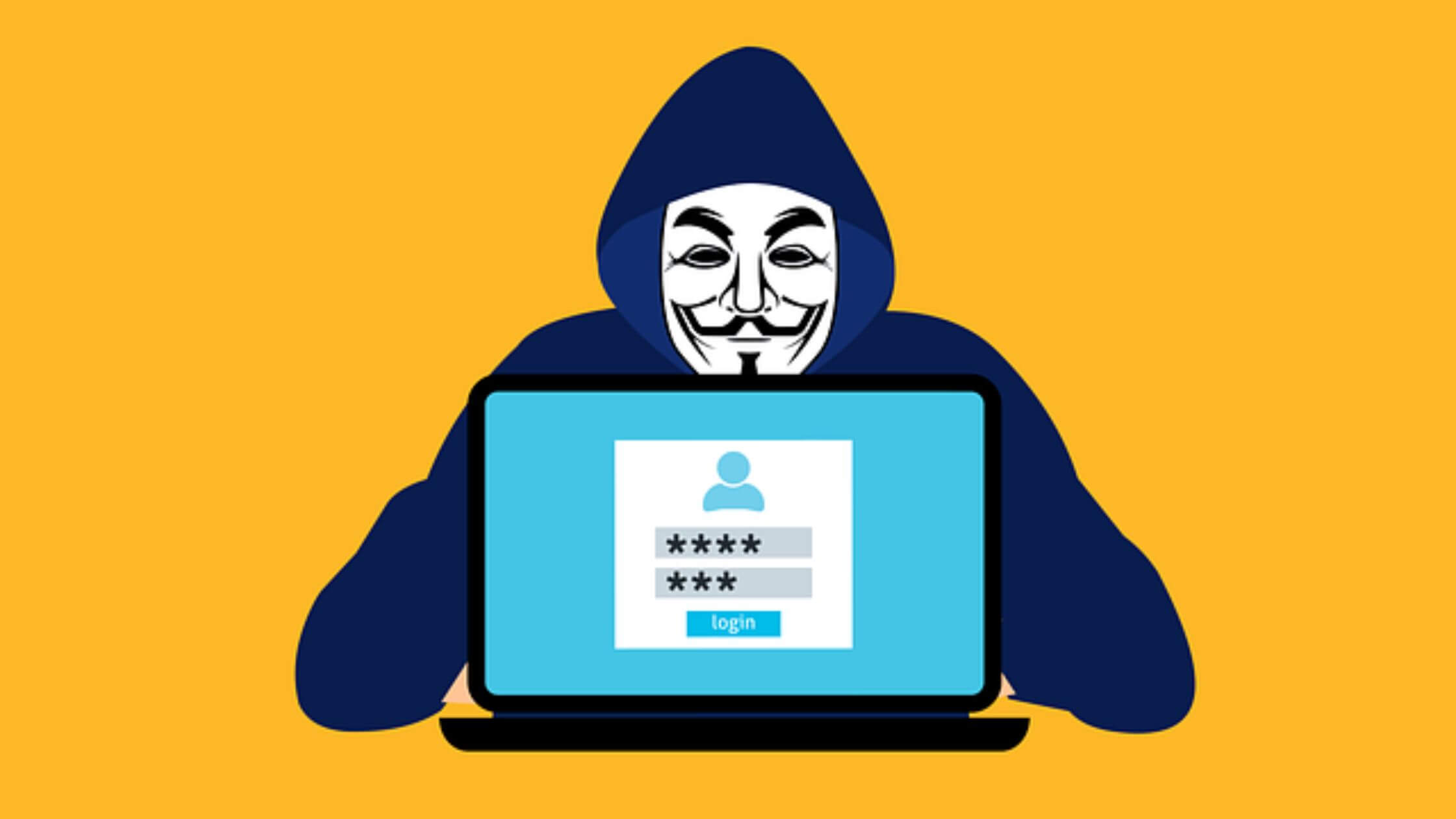
In a rapidly evolving digital landscape, 2023 has seen a marked escalation in ransomware threats. Once considered safe havens of data, businesses now stand at the forefront of these cyber onslaughts.
The question remains: How can enterprises bolster their defenses against these crippling attacks?
Blake Schwank, CEO of Colorado Computer Support, voiced his concerns about the rising tide of ransomware. “2023 is witnessing an unprecedented spike in ransomware attacks. Cybercriminals are leveraging sophisticated tools and techniques, making it imperative for businesses to adopt advanced security measures,” Schwank stated.
The shift to remote work, accelerated by the pandemic, has expanded the cyber attack surface. With more endpoints to exploit, businesses face heightened risks. “It’s not just about having the latest antivirus software anymore,” Schwank continued, “it’s about cultivating a culture of cybersecurity, training employees, and constantly updating our defense strategies.”
Lisa Mitchell, Cybersecurity Expert at Progressive Computer Systems, who provides IT services in Raleigh, echoed Schwank’s sentiments, emphasizing the importance of being proactive. “Waiting for an attack to happen is a strategy of the past. In 2023, the focus should be on predicting and preventing,” she remarked.
So, what can businesses do to protect themselves?
- Educate and Train Employees: Mitchell stressed, “Most ransomware attacks stem from human error. An educated workforce is the first defense against phishing emails and malicious links.”
- Regular Backups: “Ensure that critical data is backed up regularly and stored securely offline. This makes the ransomware’s ‘ransom’ aspect moot,” said Schwank.
- Update and Patch Systems: Cybercriminals often exploit vulnerabilities in outdated software. “Regular updates and patches are not just good practice; they’re essential,” Mitchell pointed out.
- Multi-Factor Authentication: Both experts advocated for MFA. “It’s a simple yet effective way to add an extra layer of security,” Schwank noted.
- Incident Response Plan: “Hope for the best, but prepare for the worst. Having a well-rehearsed response plan can mitigate damage and ensure business continuity,” Mitchell advised.
In conclusion, as the ransomware landscape becomes increasingly hostile, a shift in perspective is required. Protection in 2023 is about reactive measures and fostering a proactive cybersecurity ecosystem. As Schwank aptly said, “In the face of evolving threats, adaptability and foresight are our best allies.”